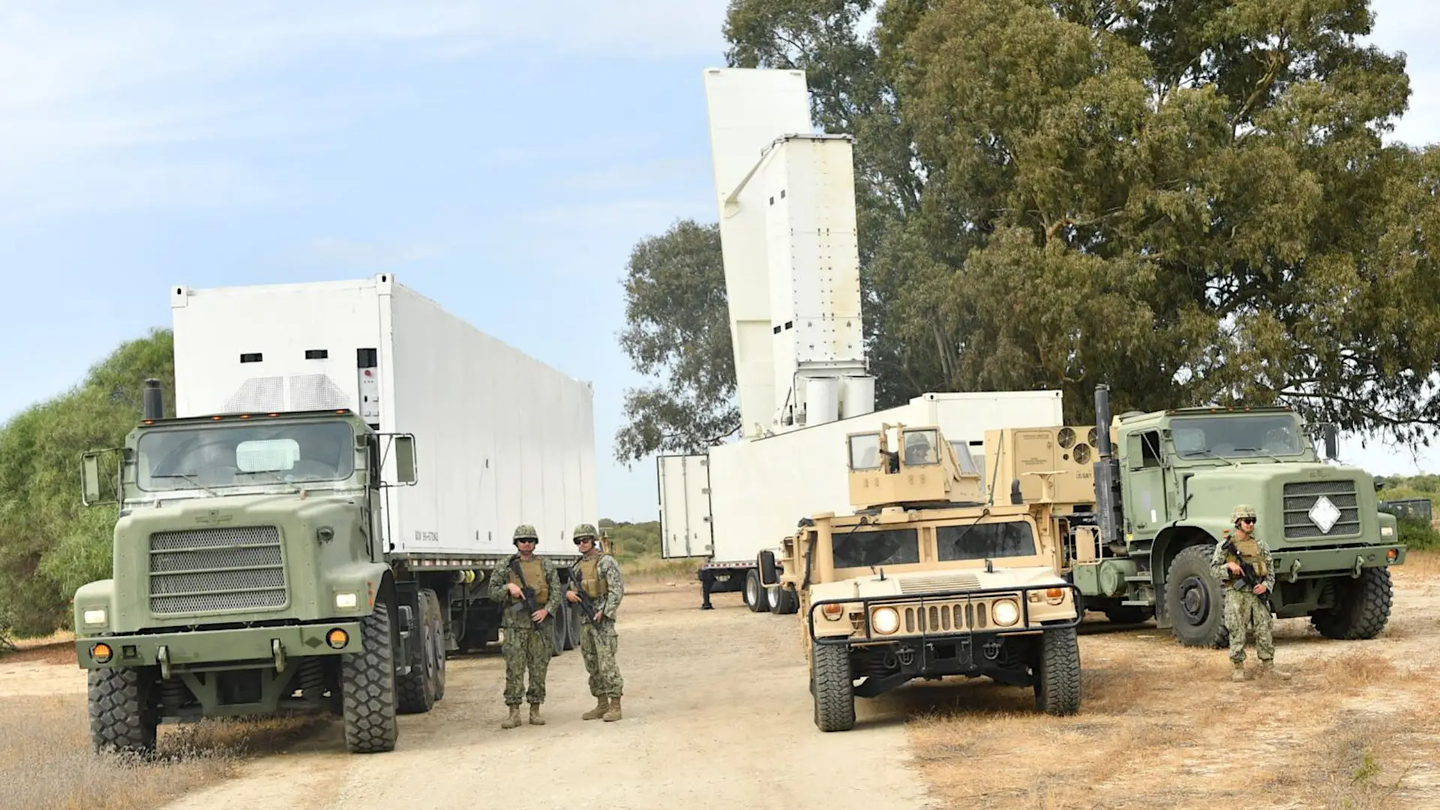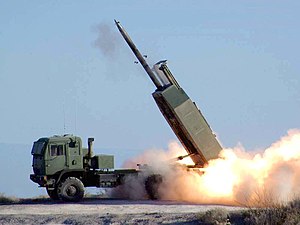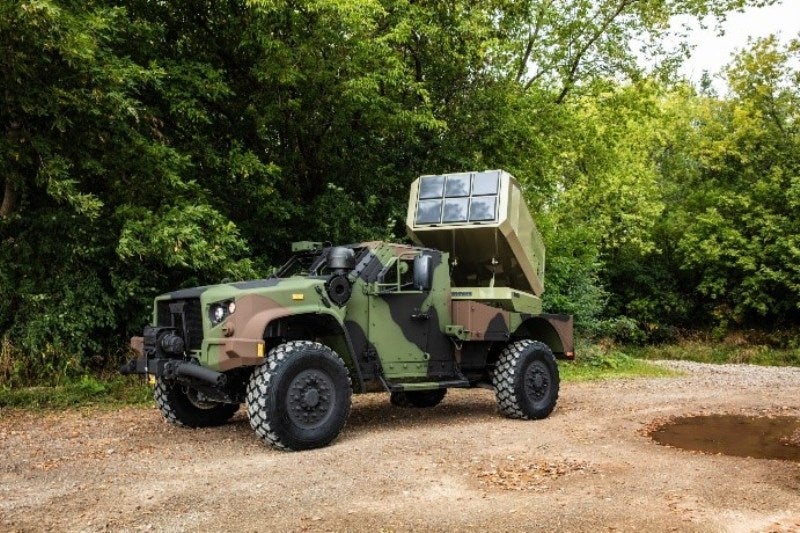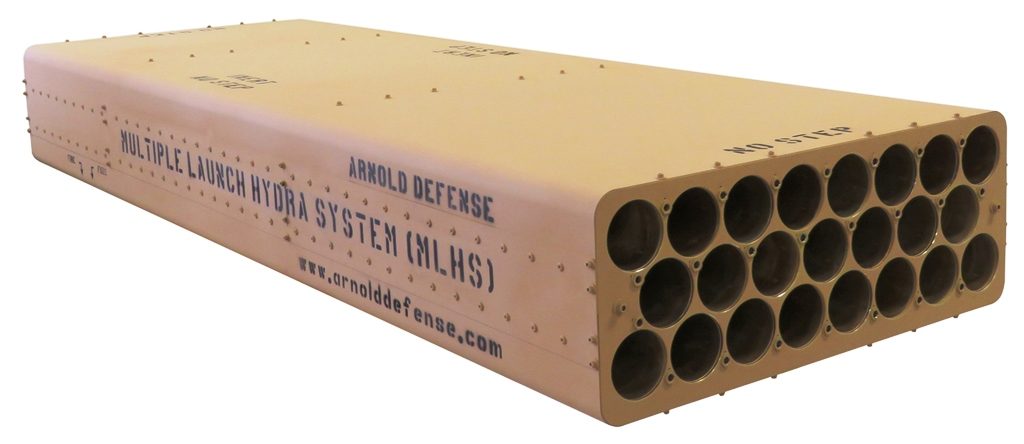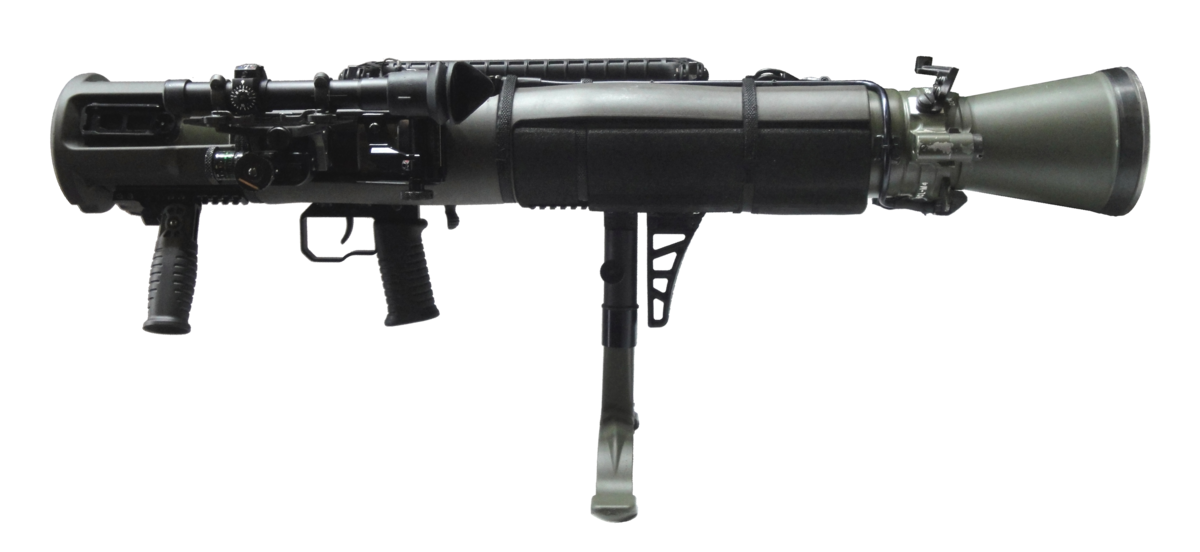- Reaction score
- 7,481
- Points
- 1,140
Fair, but at $150-250K a pop Javelin will be less used, and less used means less "cool" which means a bunch of people will get tired of "notional" shoots, and garrison BS.In the air to ground role; it’s only been employed direct fire role by the parent company in the sales pitch videos.
well APKWS direct fire launchers are neither. They aren’t in use anywhere; the system was built for air to ground. We shoot TOW annually ish; I’d assume we’d do the javeline similarly and frankly the trigger pulling part is much less important than acquiring a lock.
Again, I'm not arguing that APKWS is the right solution, I'm more arguing that top end systems are not the best solution for the CAF. We look at America, and dream about having their kit/budget, but we don't/won't. We should be looking at what systems produced and supported in America, or that can be licensed for production in Canada, are more price suited to us.
Maybe it's 120mm mortars with a DGMS (or whatever the new version is called), maybe it's "cheap" rocket artillery, regardless of the system chosen, it needs to be cheap enough for the GoC/CAF to buy enough to place in the hands of reservists(users of the C3), and cheap enough that those reservists get to actually shoot/use it.


